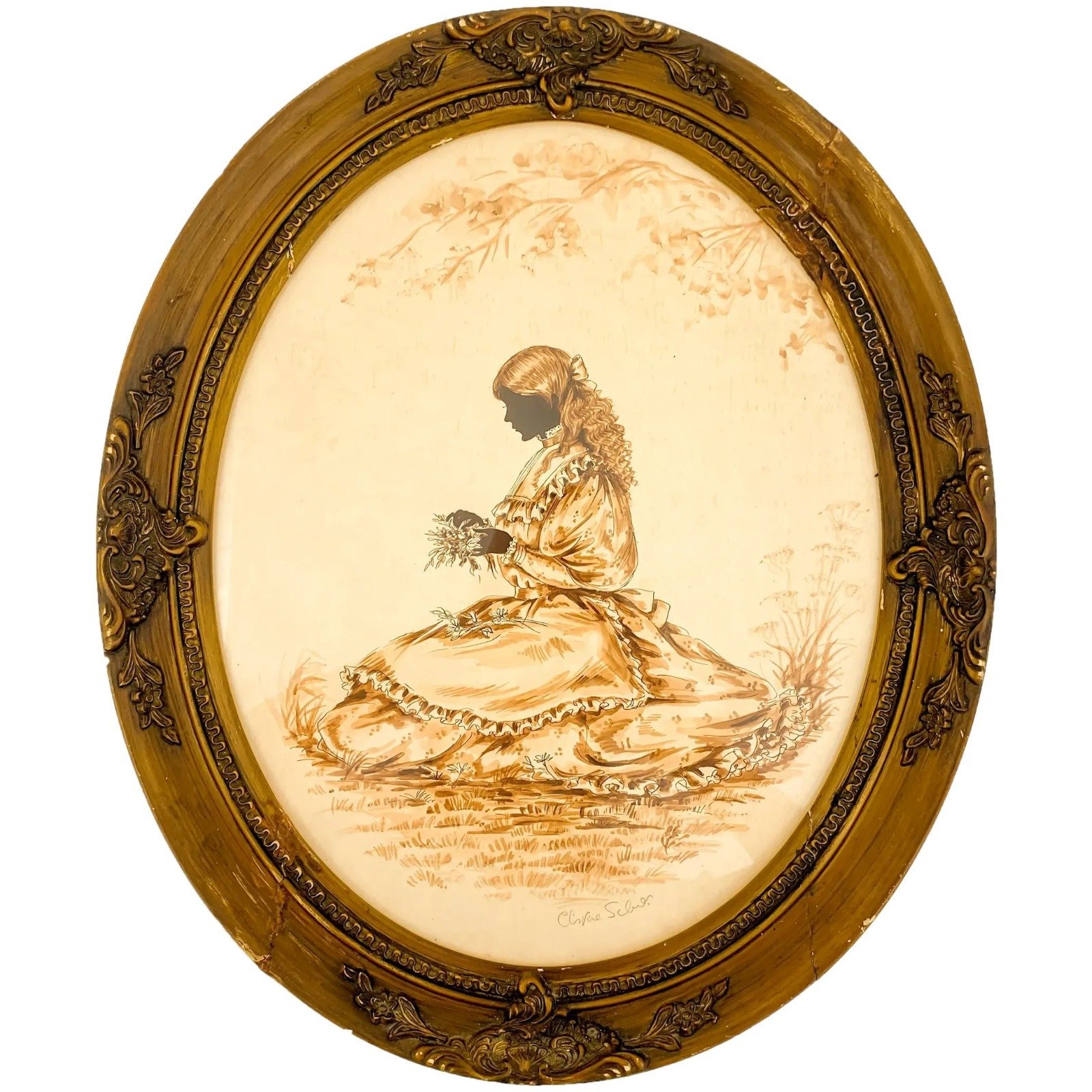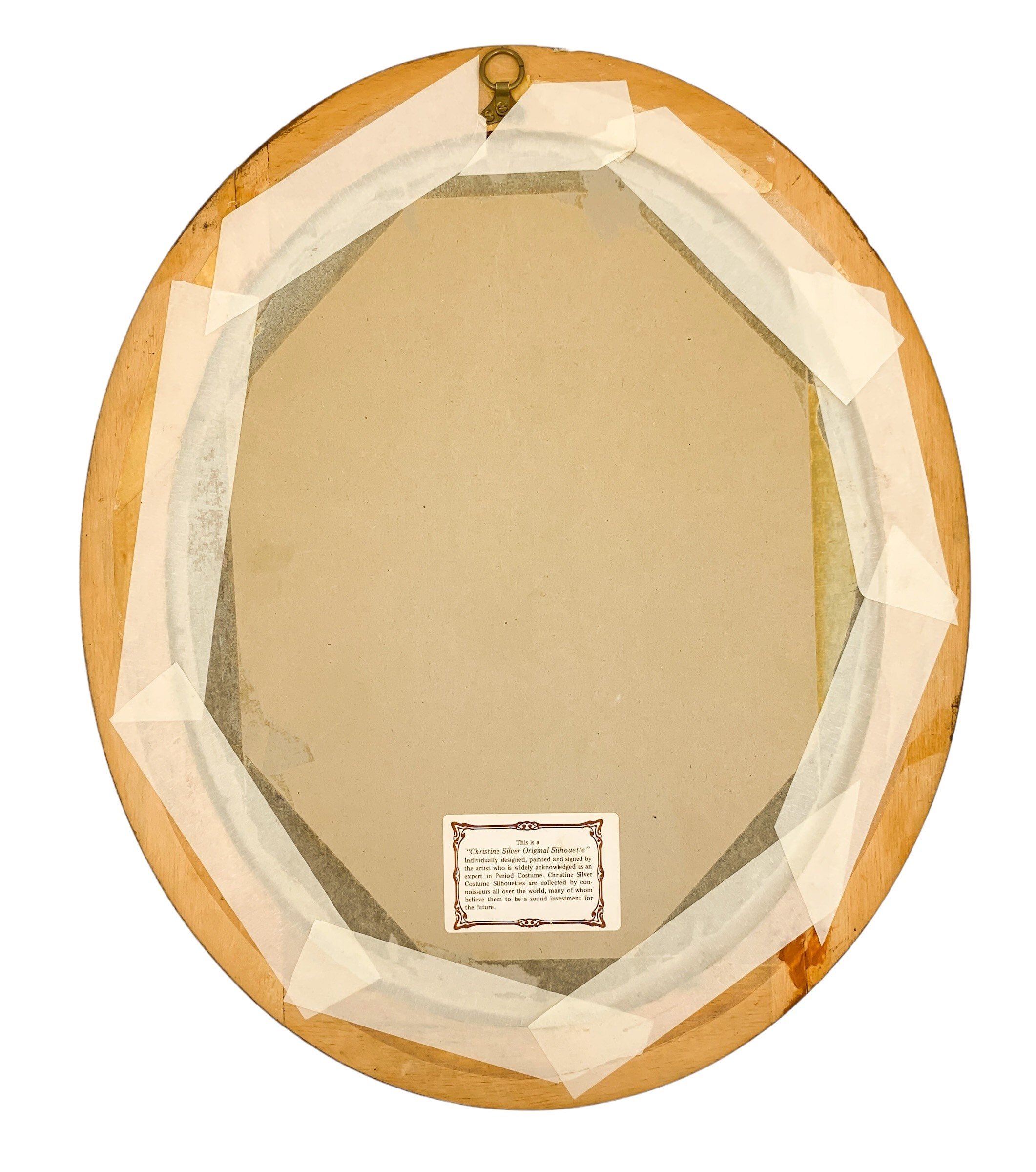 Image 1 of 8
Image 1 of 8

 Image 2 of 8
Image 2 of 8

 Image 3 of 8
Image 3 of 8

 Image 4 of 8
Image 4 of 8

 Image 5 of 8
Image 5 of 8

 Image 6 of 8
Image 6 of 8

 Image 7 of 8
Image 7 of 8

 Image 8 of 8
Image 8 of 8









19th century German porcelain lithophane of Renaissance religious young woman in front of Cologne Cathedral (The Churchgoer by Louis Blanc)
A 19th century porcelain lithophane after a painting by Louis Ammy Blanc (1810-1885) called "Die Kirchgängerin" (the Churchgoer) and painted in 1835. The model for the painting was Gertraud Küntzel-Breitenbach, depicted here as a praying noble woman in renaissance clothing. In the background you see the western facade of the Cathedral in Cologne that is under construction.
Made in Germany, c. 1860’s.
156 g
21 x 15.5 x 0.3 cm
Excellent antique condition. Some surface scuffing appropriate to age; tiny chip to bottom edge on reverse.
A 19th century porcelain lithophane after a painting by Louis Ammy Blanc (1810-1885) called "Die Kirchgängerin" (the Churchgoer) and painted in 1835. The model for the painting was Gertraud Küntzel-Breitenbach, depicted here as a praying noble woman in renaissance clothing. In the background you see the western facade of the Cathedral in Cologne that is under construction.
Made in Germany, c. 1860’s.
156 g
21 x 15.5 x 0.3 cm
Excellent antique condition. Some surface scuffing appropriate to age; tiny chip to bottom edge on reverse.
A 19th century porcelain lithophane after a painting by Louis Ammy Blanc (1810-1885) called "Die Kirchgängerin" (the Churchgoer) and painted in 1835. The model for the painting was Gertraud Küntzel-Breitenbach, depicted here as a praying noble woman in renaissance clothing. In the background you see the western facade of the Cathedral in Cologne that is under construction.
Made in Germany, c. 1860’s.
156 g
21 x 15.5 x 0.3 cm
Excellent antique condition. Some surface scuffing appropriate to age; tiny chip to bottom edge on reverse.
A lithophane is a thin plaque of translucent material, normally porcelain, which has been moulded to varying thickness, such that when lit from behind the different thicknesses show as different shades, forming an image. Only when lit from behind does the image display properly. They were invented in the 19th century and became very popular, typically for lampshades, nightlights, or to be hung on windows. They were often placed in metal holders with a candle behind them and used as a bedside lamp. As their popularity grew, such noted companies as Wedgwood and KPM produced lithophanes with domestic scenes, landscapes and religious imagery such as this plaque.








































